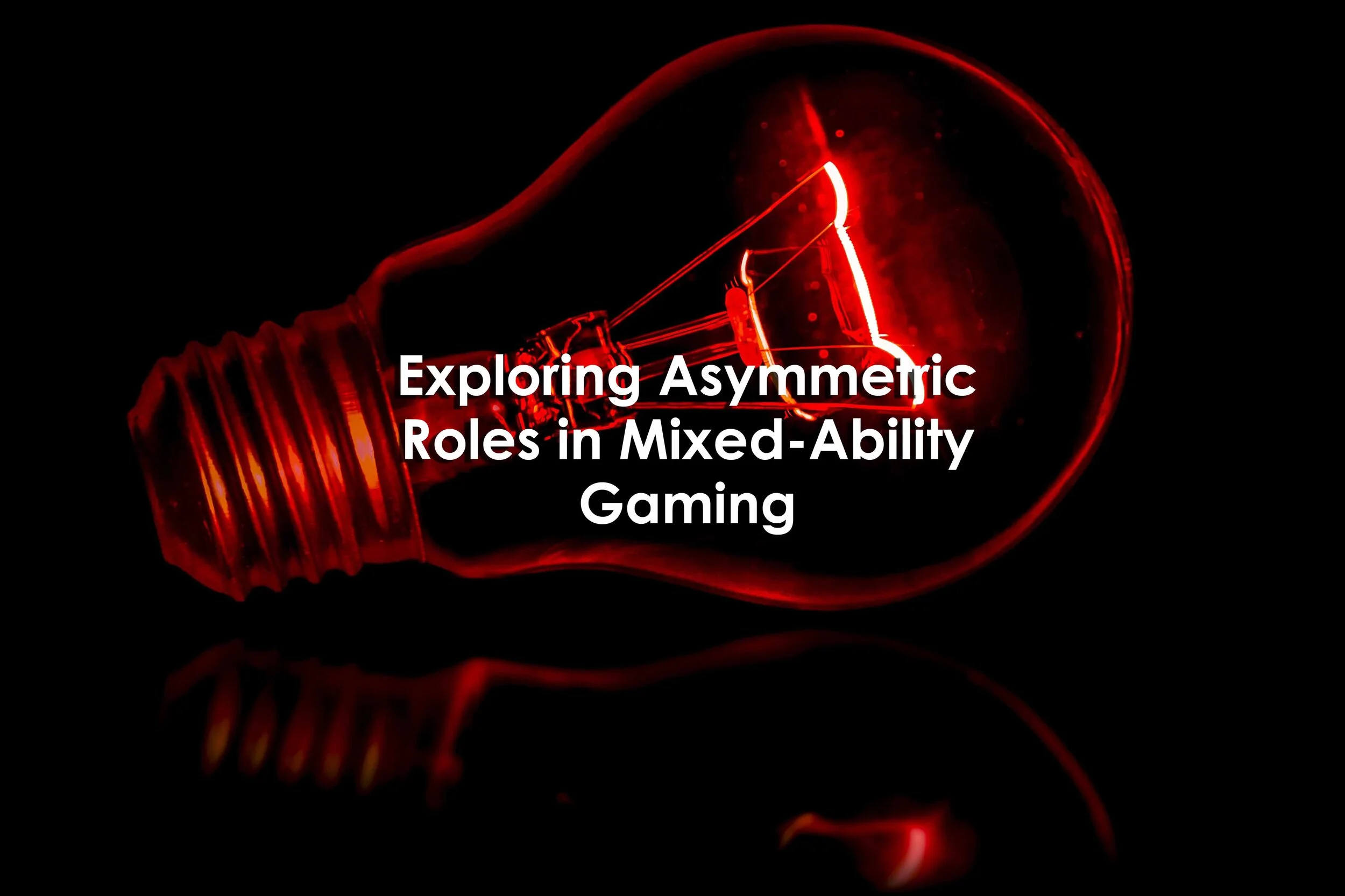Exploring Asymmetric Roles in Mixed-Ability Gaming
Exploring Asymmetric Roles in Mixed-Ability Gaming
Exploring Asymmetric Roles in Mixed-Ability Gaming
David Gonçalves, André Rodrigues, Mike L. Richardson, Alexandra A. de Sousa, Michael J. Proulx, Tiago Guerreiro
Abstract
“The landscape of digital games is segregated by player ability. For example, sighted players have a multitude of highly visual games at their disposal, while blind players may choose from a variety of audio games. Attempts at improving cross-ability access to any of those are often limited in the experience they provide, or disregard multiplayer experiences. We explore ability-based asymmetric roles as a design approach to create engaging and challenging mixed-ability play. Our team designed and developed two collaborative testbed games exploring asymmetric interdependent roles. In a remote study with 13 mixed-visual-ability pairs we assessed how roles affected perceptions of engagement, competence, and autonomy, using a mixed-methods approach. The games provided an engaging and challenging experience, in which differences in visual ability were not limiting. Our results underline how experiences unequal by design can give rise to an equitable joint experience”.
Reference
Gonçalves, D., Rodrigues, A., Richardson, M. L., de Sousa, A. A., Proulx, M. J., & Guerreiro, T. (2021, May). Exploring asymmetric roles in mixed-ability gaming. In Proceedings of the 2021 CHI Conference on Human Factors in Computing Systems (pp. 1-14). https://arxiv.org/abs/2101.05703
Keywords
Games, Engaging, Remote

